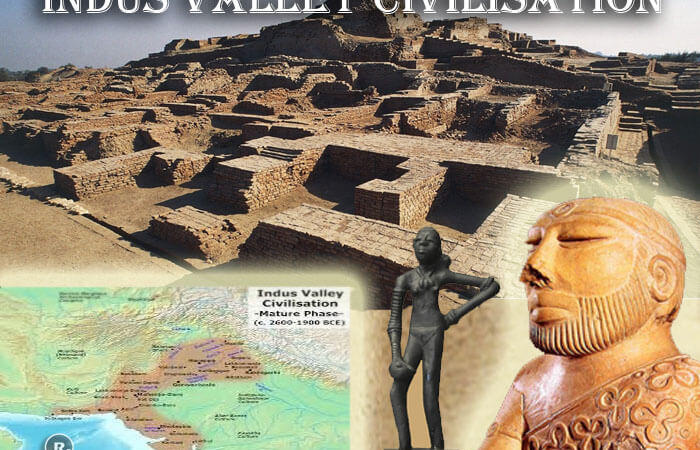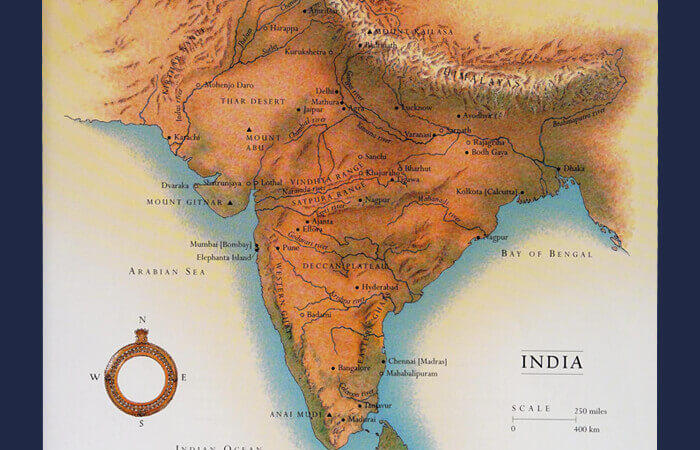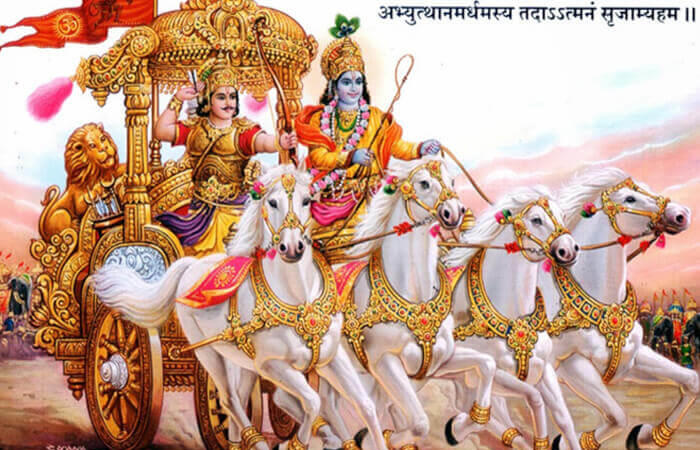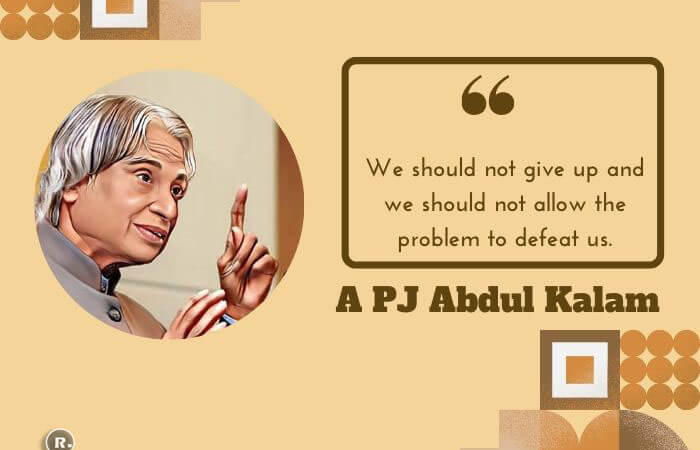South Korea Relation With Ayodhya
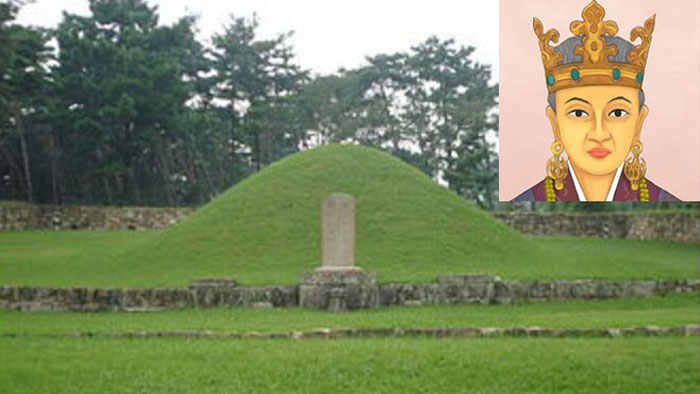
India and Korea share an ancient bond of 2,000 years old. South Koreans hold a special significance to the birthplace of Lord Ram Ayodhya, they believe that their ancestry is linked to the city Ayodhya. Ayodhya’s princess reached South Korea by sea and married king Su-Ro. His son established Korea, today whats is known as the Korean republic.
After marrying the king, she was known as Queen Hu Hwang ok. Together with King Kim Suro, they founded the Karak dynasty in the region that is the present Gimhae province of South Korea. There is a memorial of the Korean queen Heo Hwang-ok in Ayodhya, India.
What Korean Legend says
It has been taught in Korean folklore the story of Ayoghya’s princess Suriratna who sailed from Ayodhya to Korea with 2,200 people, their ship was destroyed and queen Huh (Suriratna) was found unconscious.
It is said that the then king of Karak dynasty has a dream that if he marries this woman, then his dynasty will spread further. It was 2,000 years ago Ayodhya’s princess married the king of South Korea’s Karak dynasty. The queen and the king are considered ancestors to more than two-thirds of Koreans today.
The legend is mentioned in the 13th-century chronicle Samguk Yua. According to the legend, Heo was a princess of Ayodhya named Suriratna she was a princess of the Ayuta kingdom, Based on the identification of Ayuta with Ayodhya, she is believed to be of Indian origin.
Heo told Suro that the heavenly lord appeared in her parent’s dreams, He told them to send Heo to suro, who has been chosen as the king of Gaya. The dream showed that the king had not yet found a queen. Heo’s father then told her to go to Suro. After two months of a sea journey, she found Beondo, a peach which fruited only every 3000 years.
The courtiers of king Suro had requested him to select a wife from among the maidens they would bring to the court. However, Suro stated that the selection of his wife will be commanded by the heavens. He commanded Yuch on-gan to take a horse and a boat to Mangsan-do, an island to the south of the capital. At Mangsan, Yuch on saw a vessel with a red sail and a red flag and escorted it to the shores of Gaya. King sent nine clan chiefs, asking them to escort the ship passengers to the royal palace.
King Suro married Suriratna in 48 CE and give her the name Queen Heo. Heo and Suro had 12 children, the eldest son was Kŏdǔng. She requested Suro to let two of the children bear her maiden surname. Legendary genealogical records trace the origins of several Heo clans to these two children: Kimhae (or Gimhae), Hayang, Taein, Hansan, and Yangcheon. The Gimhae Kims trace their origin to the other eight sons. Overall, more than six million Koreans trace their lineage to Queen Heo, however, in Indian history, no records are found of this legend. The other two were female and were married respectively to a son of Talhae and a noble of Silla.
The legend states that the queen died at the age of 157. Now the entire Kara clan, which comprises over two-thirds of Korean population are their descendants. Koreans today consider Ayodhya to be the maternal home of their ancient queen. Every year hundreds of Korean visit Ayodhya, for paying homage to their legendary queen Heo Hwang-ok, also known as Princess Suriratna.
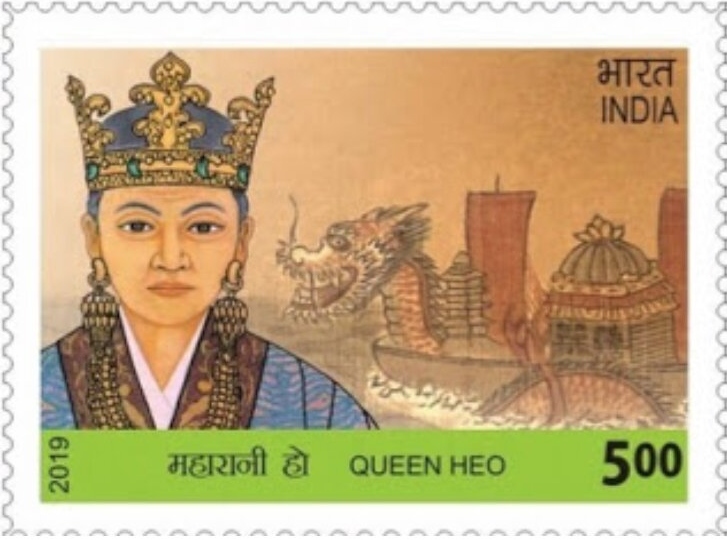
In 2001, a Korean delegation, which included the North Korean ambassador to India, inaugurated a memorial dedicated to her in Ayodhya. The monument was built in Korean tradition using a 3 m high and 7,500 kg heavy stone shipped from Korea. On 6 November 2018 on the eve of the Deepavali celebration, South Korean first lady Kim Jung-sook laid the foundation stone for the expansion and beautification of the existing memorial.
Suggested Read: The Epics | Ramayana | Mahabharata

